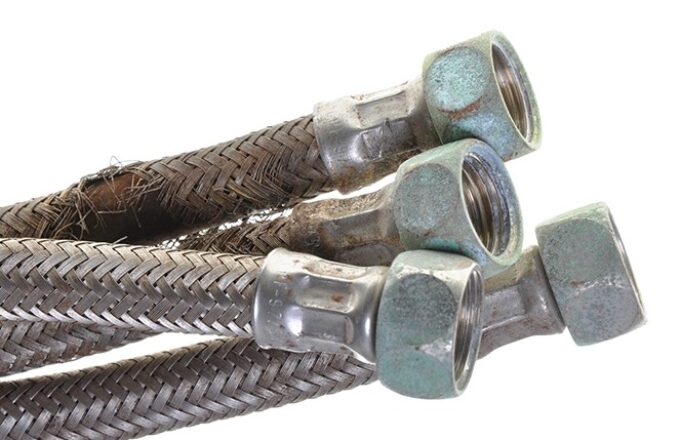
Here is a landlord problem that costs more than bad tenants
September 8, 2020
You might think the biggest issue you might have as a landlord is tenants owing you rent or having bad tenants in your property. Think again!
QBE has revealed the costliest problems for landlords – and unexpectedly, it’s water damage and not bad tenants that’s giving them the biggest financial headache.
A review of QBE insurance data revealed storm and flood damage comprised 34% of the recent claims lodged by landlords, while “escape of liquid,” which included damage from faulty pipes, leaks, or problems with water supply, comprised 21% of claims.
Compared to the more than 50% of national claims due to water damage, defaults on rent payments and theft accounted for a much lower proportion of landlord claims at 12% and 10%, respectively, with a further 6% of claims related to electricity problems, The Daily Telegraph reported.
Landlords can minimise the damage caused by the common types of claims through property care and general maintenance and by taking some preventative steps, such as replacing old flexi hoses and ensuring gutters are clean.
Replacing flexi hoses was one easy method for preventing water damage that is often overlooked. A simple $10 pipe can cost thousands in water damage to your home
The ‘flexi hose’, is an increasingly common plumbing item in both Australian homes. It is a plumbing connection from the water main to major appliances, sinks, and toilets, and has come into the spotlight as one of the top reasons a home is flooded.
Why are there so many issues with flexi-hoses?
In general, there are many reasons why a burst may occur — the main culprits tend to be:
- The age of the water hose – most hoses have a life span of five years
- Incorrect installation – over tightening, over stretching, and looseness can cause the pipe to fail
- Incremental damage through limited or no maintenance – rusting, fraying and kinking can cause the pipe to bust.
Effective maintenance begins with regularly checking the flexi hoses throughout your home so that you are aware of even the smallest inconsistency in the braided hose. A small leak that can be easily repaired may also be an indicator that the time for whole-house replacement of water hoses is approaching.
- Regularly check your flexi hose connections by feeling along the outside braided casing with your hands, checking for cracks or tears.
- Check around the appliances, inside bathroom vanities, under sinks and around toilet cisterns for any signs of water leakage.
- Check all flexi hose connectors remain tight and intact.
If there are any signs of leakage, any connectors are loosening or you have any doubt about the integrity of any water hose in your home, contact a licenced plumber.
Last year there were more than 30,000 claims for water damage that was due to the failure of the braided flexible hoses normally found underneath kitchen sinks, costing insurers an estimated $320m.


